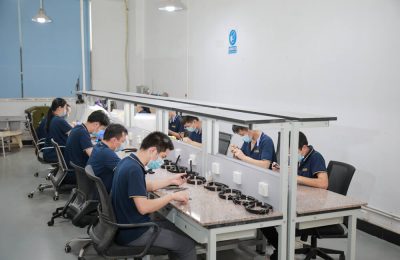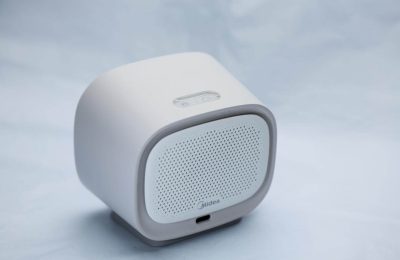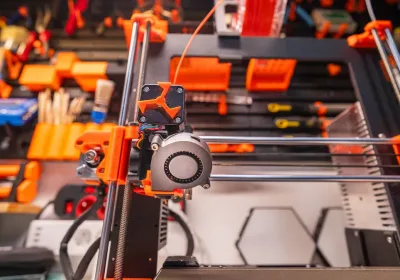
Automobile model kits offer an enjoyable way to unleash your creativity. They assist beginners in developing skills and cultivating patience while gaining an understanding of how cars function. When selecting a kit, consider its size and level of difficulty. Additionally, ensure you check the required tools. For those just starting, a straightforward kit with clear instructions is the ideal choice.
Key Takeaways
Begin with an easy model kit to gain confidence and learn basic skills. Pick kits with simple instructions and fewer pieces for fun.
Choose a kit that fits your interests, like vintage cars or race cars. This keeps you excited and makes building more fun.
Get basic tools like clippers and a small knife before starting. These tools help you build your model neatly and quickly.
Understanding Automobile Model Kits
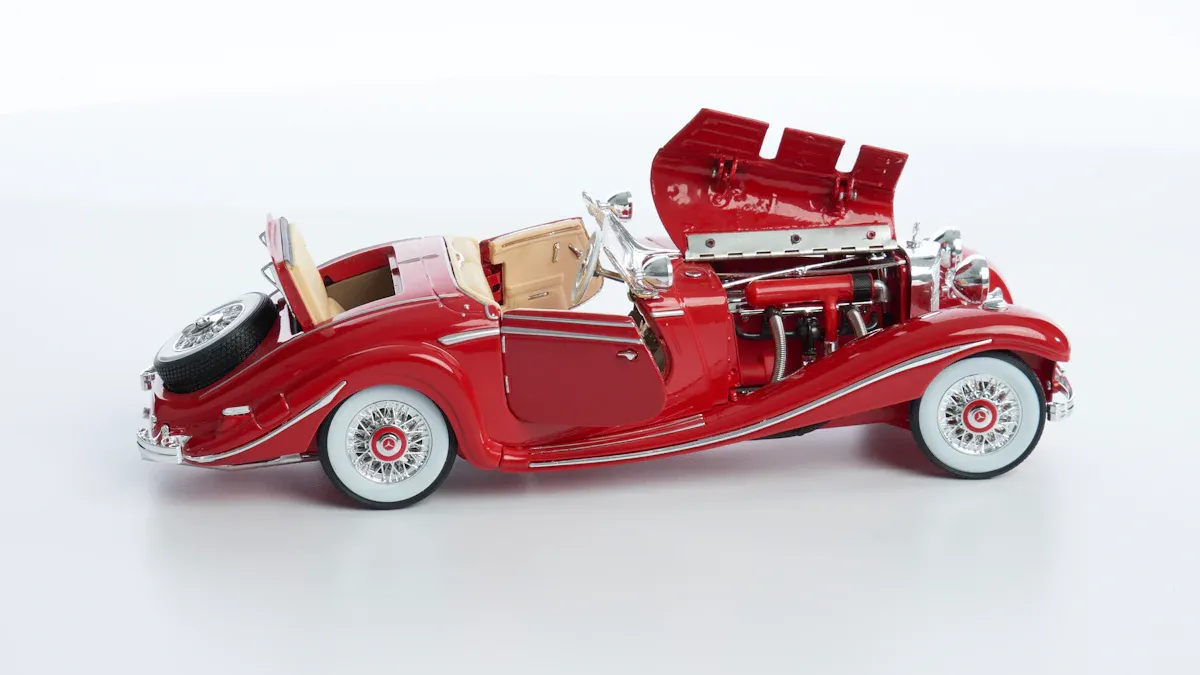
What Are Automobile Model Kits?
Automobile model kits are small versions of real vehicles. They are made for hobbyists to put together. These kits usually have plastic or metal parts that are pre-shaped. You can assemble them to make detailed models of cars, trucks, or other vehicles. Building these kits helps you learn how cars are designed and built. For beginners, they are a fun way to start model building while learning new skills.
Themes and Types of Model Kits
Model kits come in many themes to match different interests. You can find kits of old cars, modern sports cars, vintage trucks, and racing vehicles. Some kits focus on famous brands or well-known models. Others recreate vehicles from movies or important historical events. With so many options, you can pick a kit that fits your taste. Whether you like classic cars or prefer a certain time in history, there is something for everyone.
Scales and Sizes for Beginners
The scale of a model kit shows its size compared to the real vehicle. Beginners should try smaller scales like 1:24 or 1:48. These sizes are detailed but still easy to build. The table below explains common scales:
Scale | Description |
|---|---|
1:24 | 1/24th of the size of the real object |
1:48 | A popular size for many model kits |
1:72 | Often used for planes and military models |
1:100 | Great for tiny models and fine details |
Picking the right scale makes your first model kit fun and simple.
Difficulty Levels Explained
Model kits are sorted by skill levels, from easy to hard. Beginner kits are simple and snap together easily. They have fewer parts and clear instructions, making them perfect for starters. Harder kits need painting, special tools, and more time to finish. These can be tricky for beginners.
Tip: Begin with an easy kit to gain confidence. Move to harder kits as your skills grow.
Choosing Your First Model Kit
Picking a Kit Based on Your Interests
Think about what you like before picking your first kit. Do you enjoy old cars, fast sports cars, or vintage trucks? Choose a kit that matches your interests to have more fun. For example, if you like racing cars, pick a kit of a famous race car. Beginners stay motivated when building something they love. This way, you can enjoy the process and learn new skills at the same time.
Features That Help Beginners
If you're new, choose kits with features that make building easier. Snap-together kits don’t need glue and are simple to use. Kits with pre-painted parts save time and effort. Larger scales like 1:24 or 1:32 are better for beginners. They are easier to hold and put together. Kits with fewer parts and clear guides help you feel confident as you start this hobby.
Best Brands for Beginners
Some brands are great for beginners because they are easy to use:
Revell: Has many kits that are simple to build.
Tamiya: Famous for detailed kits with easy instructions.
Airfix: Offers affordable kits with beginner-friendly features.
These brands are popular for their quality and simplicity. They are perfect for your first model-building project.
Why Clear Instructions Matter
Clear instructions are very important for your first kit. Good guides explain each step and help you avoid errors. Look for kits with simple diagrams and easy words. Some brands also provide online videos or tutorials. Clear instructions make building smoother and less confusing. This lets you focus on having fun while learning.
Essential Tools and Materials for Beginners
Tools You Need to Start
To build model kits, you need some basic tools. These tools make building easier and give better results. Here’s a list of what you’ll need:
Sprue clippers: Cut parts off the sprue without breaking them.
Hobby knife: Use this to clean edges and remove mould lines.
Glue options: Plastic cement or super glue works well for assembly.
Tweezers: Handle tiny parts and stick decals with these.
Sandpaper or sanding sticks: Smooth rough edges and prepare surfaces for paint.
These tools are important for beginners and make your first project fun.
Extra Tools for Better Work
The basic tools are enough, but extras can help. These tools improve your work:
Superglue debonder and accelerator: Fix mistakes and dry glue faster.
Paint stand: Holds your model while painting to avoid smudges.
Putty: Fills gaps and smooths surfaces before painting.
You don’t need these at first, but they make models look better.
Picking Paints, Brushes, and Glue
Choosing good paints, brushes, and glue is important. Acrylic paints, like Vallejo or Tamiya, are easy to use and clean. Enamel paints, such as Humbrol, are strong and great for effects like drybrushing. Get brushes in different sizes for big areas and small details. For glue, plastic cement is best for plastic parts. Super glue works for other materials. Use glue carefully to avoid ruining your model.
Tip: Always use a primer before painting. It helps paint stick and gives a smooth finish.
Assembling Your First Model Kit
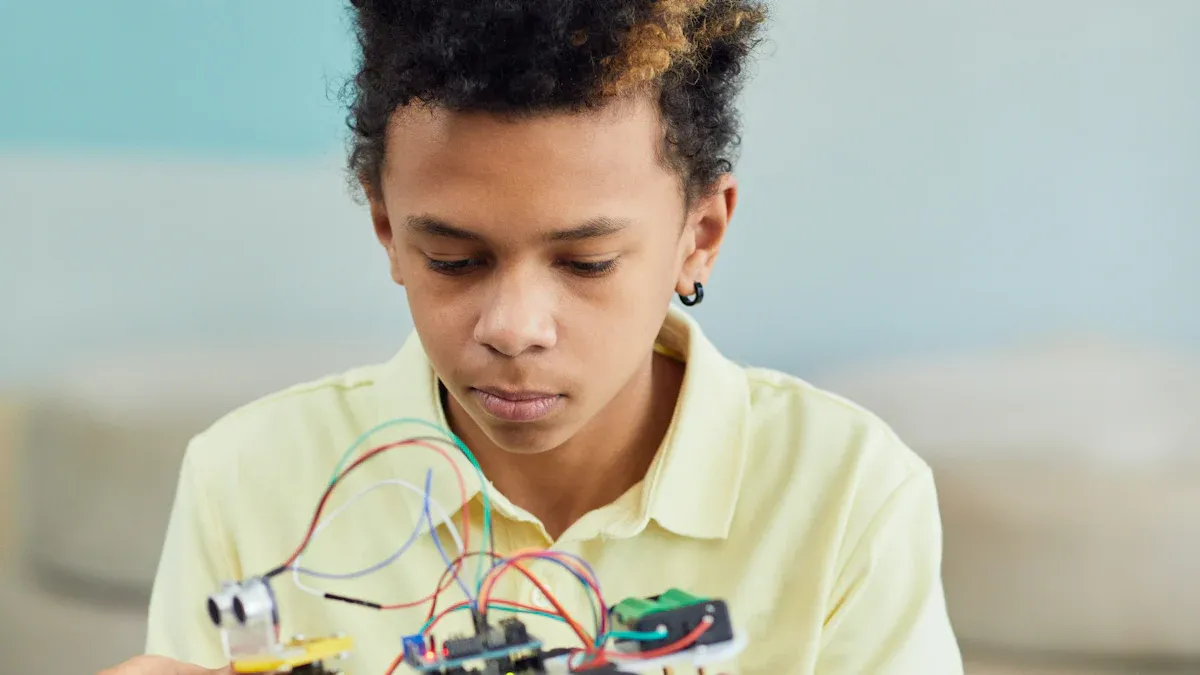
Getting Your Workspace Ready
Set up a tidy area before starting your model. Pick a bright spot with enough space for tools and parts. Use a cutting mat to protect your table and stop pieces from rolling away. Keep tools like clippers and a knife nearby. Use a small tray to hold tiny parts so they don’t get lost. Being organised helps you focus on building without interruptions.
Understanding and Using Instructions
Read the instructions carefully before starting. Go through the whole manual to see how to assemble the model. Brands like Tamiya give clear guides with steps and important tips. Follow each step in order and check parts before attaching them. Look closely at diagrams to avoid mistakes. Taking your time makes the process easier and more enjoyable.
Easy Assembly Tips for Starters
Use simple methods to build your model well. Cut parts off the sprue with clippers and smooth edges with sandpaper. Use a little glue to keep things neat, and check parts fit before sticking them. Learn basic design ideas, like using fewer parts and keeping tools handy. These tips make building easier and improve your skills. Be patient—rushing can cause errors.
Painting and Adding Details
Painting makes your model look real. Start with a primer for a smooth base. Use thin paint layers and let each dry before adding more. Acrylic paints are easy for beginners to use and clean. After painting, add decals as shown in the guide. Seal them with a clear coat for a shiny finish. These steps make your model look detailed and impressive.
Troubleshooting and Improving Your Skills
Avoiding Common Beginner Mistakes
Starting with model kits can be tricky for beginners. A common mistake is rushing, which leads to poor results. Take your time to do things properly. Using too much glue is another problem. Only use a small amount where it’s needed. Skipping the instructions can also cause confusion. Always read the guide carefully before you begin. This helps you understand each step clearly.
Fixing Errors During Assembly
Mistakes are normal, but most can be fixed. If a part is placed wrong, gently remove it with a hobby knife. Too much glue? Use a superglue remover to clean it up. Uneven paint can be smoothed with sandpaper and repainted. Be patient when fixing errors. Work on one problem at a time to avoid new mistakes.
Resources for Learning and Practising
There are many ways to improve your skills. Watch online videos or tutorials for step-by-step help. Books about model building give useful tips and tricks. Troubleshooting guides are also helpful. The table below shows how many articles exist for different problems:
Guide Type | Number of Articles |
|---|---|
Command Station or Booster Troubleshooting | 24 |
Mobile Decoder Troubleshooting | 11 |
Layout Wiring Troubleshooting | 19 |
Throttle Troubleshooting | 6 |
Wireless Troubleshooting | 8 |
Stationary Decoder Troubleshooting | 11 |
Detection and Signaling Troubleshooting | 12 |
Sound Troubleshooting | 13 |
Unreliable Operations | 9 |
LocoNet & RailSync Troubleshooting | 1 |
Here’s a chart to show these resources visually:
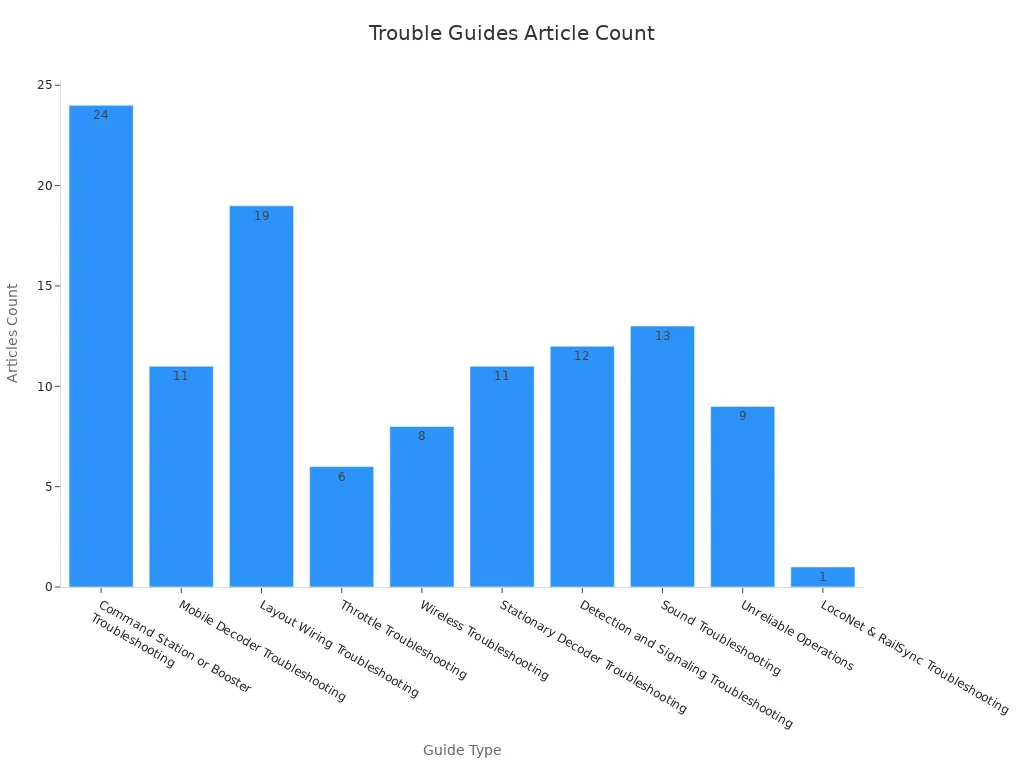
Staying Motivated and Enjoying the Hobby
Building model kits should be fun and rewarding. Celebrate small wins, like finishing a part of your model. Share your progress with friends or online groups to stay motivated. Set simple goals for each session to avoid stress. Mistakes are chances to learn and improve. Focus on enjoying the process and creating something special.
Starting with the right kit and tools makes things easier. Pick a simple model to gain confidence and learn new skills. Work slowly and enjoy every part of the process. Building model kits teaches you, sparks creativity, and feels rewarding. The table below shows the good and hard parts of this fun hobby:
Benefits | Challenges |
|---|---|
More people enjoying model kits | Can be expensive |
Collecting models is becoming popular | Competes with video games and screens |
Better technology improves kits | Hard to find in some places |
Brings back memories for hobbyists | |
Lets you make it your own | |
Helps you learn new things |
Tip: Be proud of your work and share it with others to keep inspired.
FAQ
What is the best scale for beginners?
Smaller scales like 1:24 or 1:32 work best for beginners. These sizes offer detailed parts while remaining easy to handle and assemble.
Do I need special tools to start?
Basic tools like sprue clippers, a hobby knife, and tweezers are enough. These tools help you assemble your model with precision and ease.
How long does it take to complete a model kit?
Completion time depends on the kit's complexity. Beginner kits usually take a few hours to a couple of days, depending on your pace and focus.

Start your project with LKprototype
LKprototype company simplifies procurement for custom manufacturing, Suitable for making your products or prototypes with a variety of materials, such as metal or plastic, silicone rubber, from 3D Printing to CNC Machined Parts and Vacuum Casting , with a focus on speed and efficiency. Our platform provides instant quotes. With LKprototype, You can connect with the team to communicate your project to ensure quality and on-time delivery.
Start with an instant quote and experience how our technology and expertise can make custom part procurement faster and easier.
 LKprototype
LKprototype
